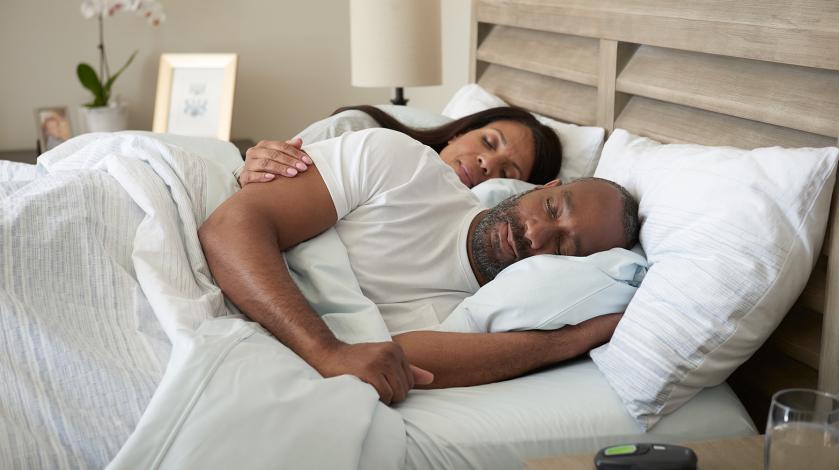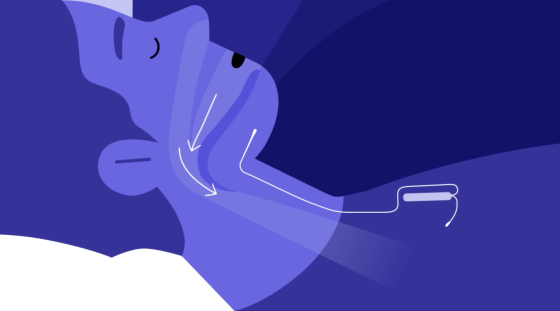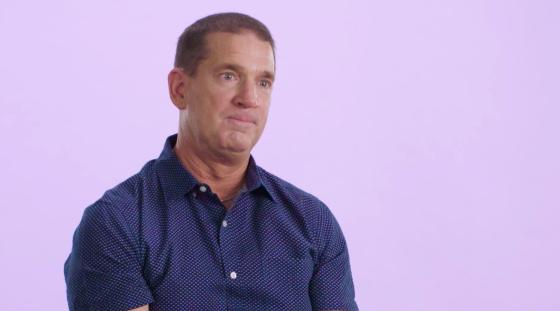Inspire Therapy: Treatment for Obstructive Sleep Apnea
Get started with Inspire Therapy
If you think you'd be a good candidate for Inspire Therapy, speak with your primary care provider or click below to see if you qualify.
For millions of Americans living with obstructive sleep apnea (OSA), CPAP is the most common treatment.
While CPAP can lead to great results when used as directed, many patients struggle to use their CPAP machine regularly or simply can’t tolerate CPAP therapy.
Rather than simply living with OSA and the myriad health concerns that come with it, there’s another option for these patients: Inspire Therapy.
Inspire Therapy: A CPAP alternative
Inspire is an FDA-approved, surgically implanted device that stimulates the hypoglossal nerve, which controls the tongue and other airway muscles.
For patients with OSA, these muscles relax during sleep to the point that they narrow or obstruct the airway, leading to snoring, gasping, or choking, which disrupt sleep.
Inspire works by continuously monitoring the patient’s breathing during sleep and using stimulating pulses to move the tongue and airway muscles out of the way, ensuring proper airflow.
These pulses occur automatically, allowing patients to breathe and sleep without interruption. Patients simply turn the device on prior to sleep using a small remote, then turn it off upon waking up.




7f31.jpg?VersionId=Y45PuyWkalrgNAmnqPRT3FmLfc5SQmVP&h=1c6fae54&itok=HCmJsOUM)





